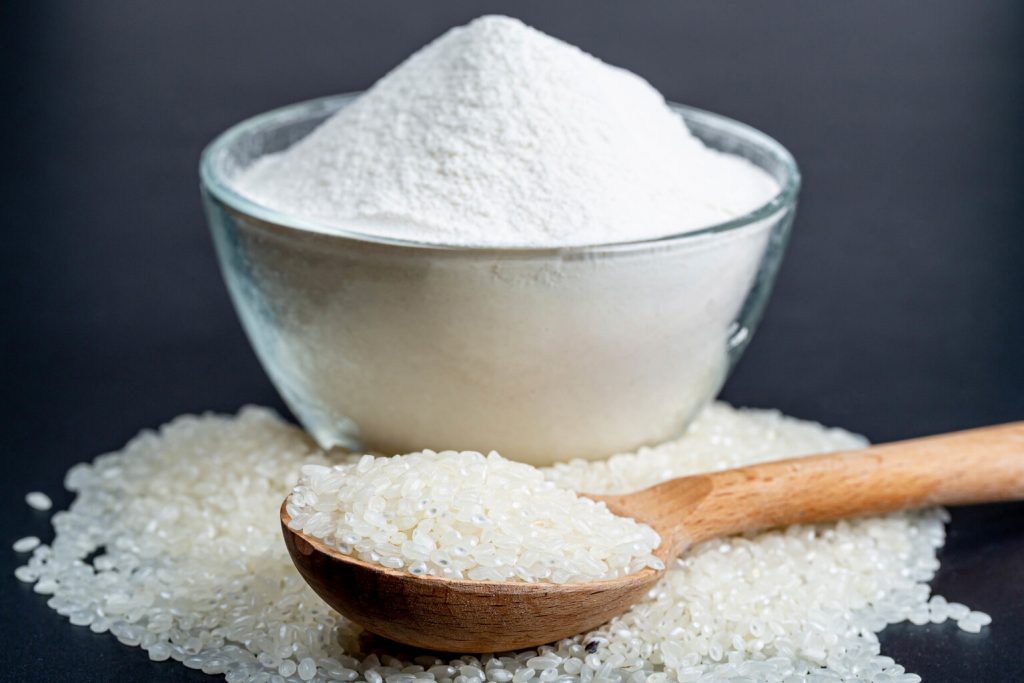Why is best clarified Brown rice syrup healthy preferred instead of tapioca syrup despite both of them being hypoallergenic

Clarified brown rice syrup healthy and tapioca syrup are known to be used interchangeably as they have the same properties as well as purpose. However, recent trends and research has pushed people towards preferring clarified brown rice syrup healthy despite both of these syrups being hypoallergenic while also having many other common advantages.
This article will go into the depth of these syrups and explain why clarified rice syrup is much more preferred instead of tapioca syrup.
What is clarified brown rice syrup?

Clarified rice syrup is extracted from rice flour. It has a thick texture with a mildly sweet taste almost like honey. With a clear color and a slight buttery flavor, it is a great syrup to add as a sweetener to your recipes.
What is clarified rice syrup used for?
Clarified rice syrup is a great sweetener to add to many recipes. Along with that, it is a good ingredient that is used in pharmaceutical industries as well as the confectionery industry. It is also added to many baked goods as it stabilizes the moisture and the texture of the item.
Tapioca syrup: appearance and usage

Tapioca syrup is extracted from tapioca starch which is derived from cassava roots. It has an appearance as well as taste just like clarified rice syrup, thus both of these syrups are used interchangeably as they have the same purpose, taste, and texture.
Common advantages of tapioca syrup and clarified rice syrup
With similar propertie, tapioca syrup and clarified rice syrup also share some common advantages.
- Hypoallergenic: Tapioca syrup and clarified rice syrup are both hypoallergenic. This means that upon consumption, there will not be a risk of getting allergic reactions. Unlike sweeteners derived from corn, nuts, or dairy.
- Gluten-free: both of these syrups are gluten-free, thus suitable for people looking for gluten-free sweetener options.
- Great stabilizer to add moisture and texture: Both of these syrups act as good ingredients to add sweetness, and a fine texture as well as stabilize moisture.
Disadvantages of tapioca syrup
Although tapioca syrup is a great sweetener as well as a stabilizer to add moisture and texture to products, it does have some disadvantages that make clarified brown rice syrup healthy a better option.
- Expensive
Tapioca syrup is extracted from tapioca starch. This is not available locally. As it has to be imported, tapioca syrup can be really expensive. As a result, the product to which tapioca syrup is added will be expensive as well. Alternatively, if clarified rice syrup is added, the resultant product will be much more cost-effective.
- Negative impact on blood sugar levels
Tapioca syrup is made of tapioca starch which is high in carbohydrates. As a result, it has a negative impact on health. Along with this, tapioca syrup is not advisable for people who are concerned about gaining weight.
- Made from starch
Starch is an ingredient that is highly processed. Tapioca starch is made by shredding, washing, and then dehydrating cassava roots. This results in it being processed. Whereas there is more similar options present, like clarified rice syrup, it is not highly processed.
The conclusion
While tapioca syrup and clarified rice syrup have entirely similar uses as well as common advantages, the disadvantages of tapioca syrup cannot be ignored. It is important to opt for options that are better as well as have a trusted supply chain. Along with tapioca syrup being made from starch and being expensive, it is also imported, thus being not sure if the tapioca starch is authentic. Due to this clarified brown rice syrup healthy is preferable.




